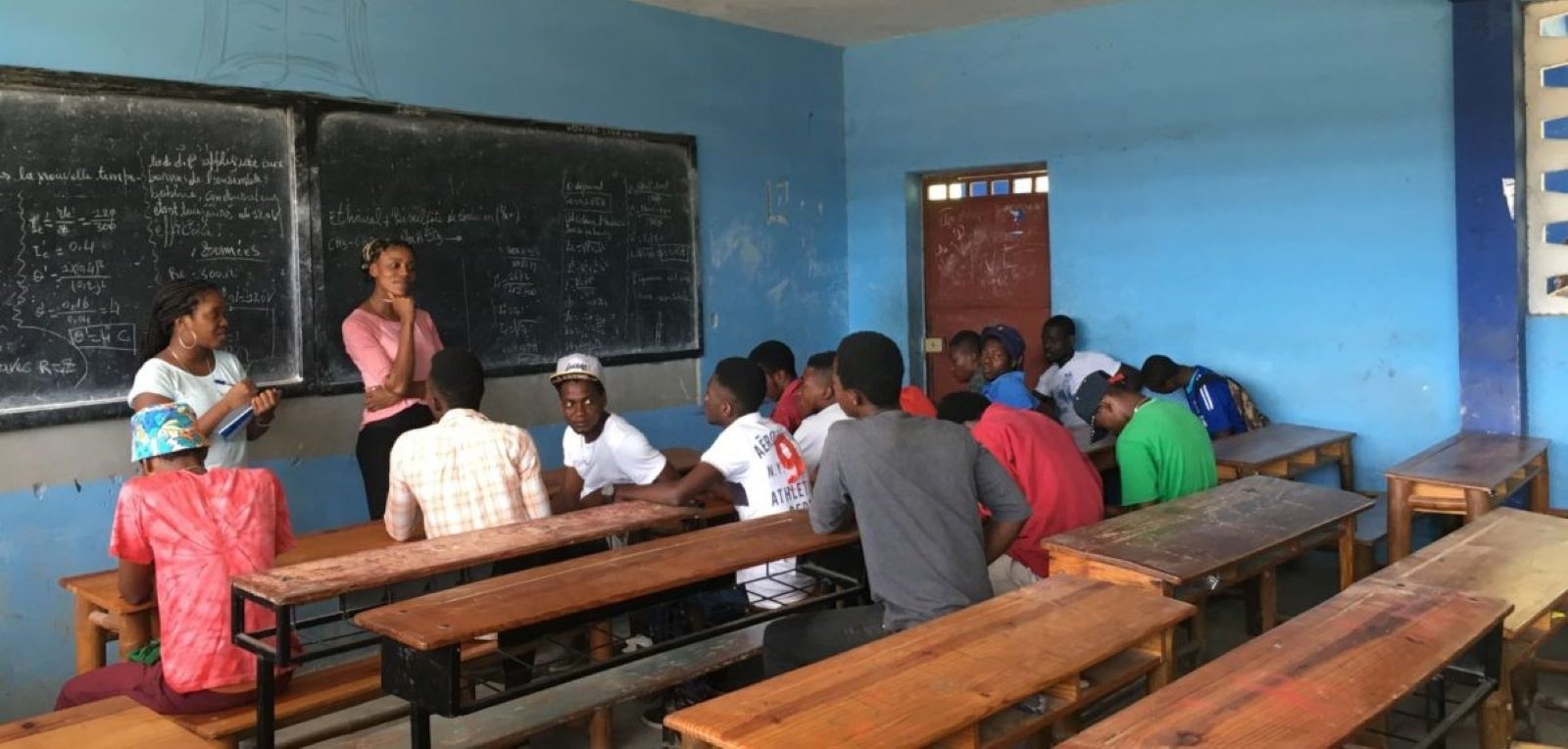Impacts of Airtime Loans on Network Usage and Communications Expenditures in Haiti

Focus group discussions in Haiti | Photo Credit: Oscar Barriga Cabanillas
Context
For populations underserved by traditional banking services, mobile phone networks may offer a gateway to financial inclusion. Studies across different countries show low-income households spend between 10-25% of their disposable income on mobile phone usage, typically with pre-paid plans. The flexibility of prepaid phone service comes at the cost of frequent recharges, and managing one’s prepaid balance against expected communication needs and other expected and unexpected expenses can be challenging and critical for those living on $1-2 per day. Airtime loans provide prepaid customers small airtime advances for a fee, which can be the first formal financial transaction for many people in places like Haiti, where 46% of adults lack access to any formal financial service (FinScope, 2018). Airtime loans are popular–in this context 40% of eligible customers use them every month. On average, eligible customers finance 30% of their cellphone expenditure with airtime loans, each loan averaging less than $.50 and incurring a 10% fee. Default rates are very low (estimated at less than 2%) and most loans are paid back in less than 5 days, given repayment is garnished from subsequent recharges, and defaulters lose their Digicel number which is a significant repayment incentive.
The study aims to answer the following question: What are the impacts of having access to airtime loans among different gender and income customer segments, most of whom are new to any form of financial services?
Study Design
The research team used rich administrative data containing the full set of more than 96,000 pre-paid phone subscribers’ transactions in 2019 from the largest mobile phone network operator in Haiti. A loan eligibility rule–customers can request their first loan five weeks after initial activation–allowed for an event study to identify the impact of airtime loans on subsequent communication patterns and expenditure. A phone survey in early 2021 with 2,391 customers from a representative sample allowed investigation of differential usage and impacts of airtime loans by gender. Though women in Haiti own mobile phones at a similar rate to men, women are more likely to be self-employed in the informal sector, have lower incomes, and spend about 25% less on network communications, raising the question whether airtime loans impact women customers differently.
Results and Policy Lessons
Access to airtime loans increases total communication expenditure by 16% by unlocking additional network usage. The impact of airtime loans goes well beyond the fees associated with the loan. Customers in the lowest tercile (of initial mobile communication expenditure) more than double their airtime spending when airtime loans become available, whereas access to loans does not change airtime expenditure among the highest tercile of customers. These differences in impacts by income-level exist despite relatively uniform patterns of loan usage between these groups. There is, however, suggestive evidence of distinct motivations for requesting airtime loans. Lower-income customers appear to use loans to communicate at critical times when they may not have otherwise been able to afford travel and recharge costs to use the network, whereas higher-income customers primarily use these loans for convenience (more discretion in when to visit airtime vendors). Despite systematic differences in cell phone usage by gender, the study found no evidence that the impacts of airtime loans differ by customer gender.

